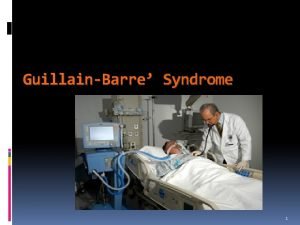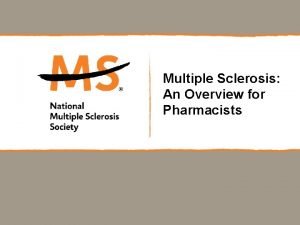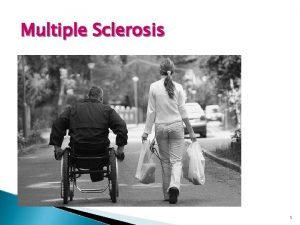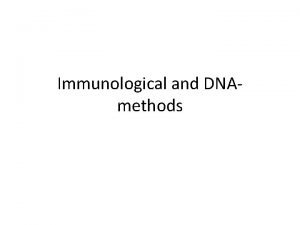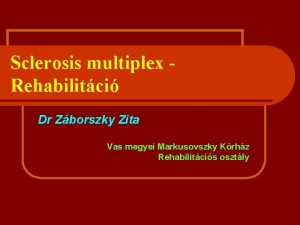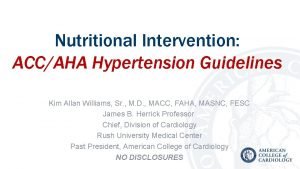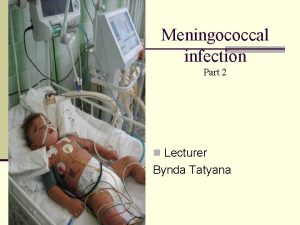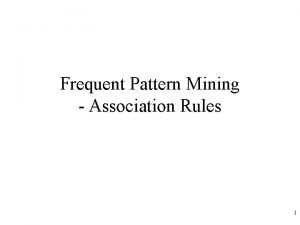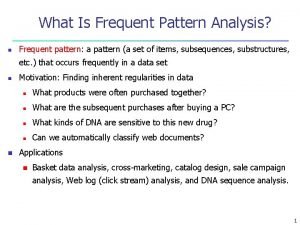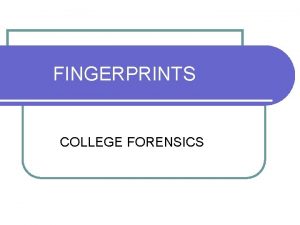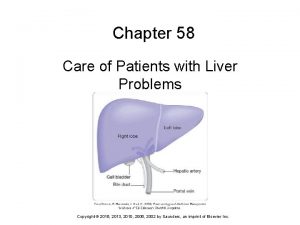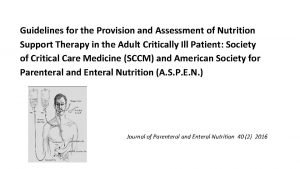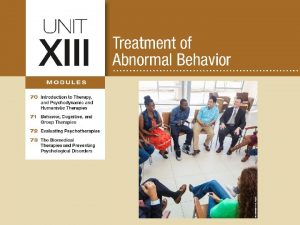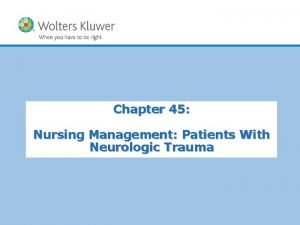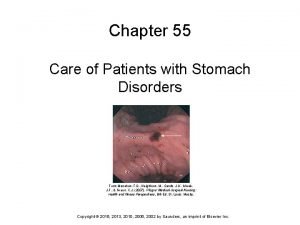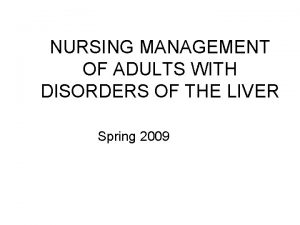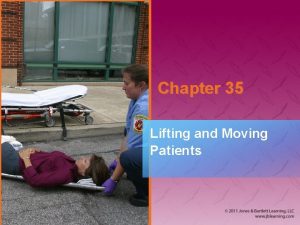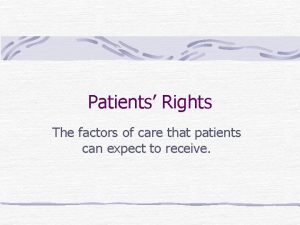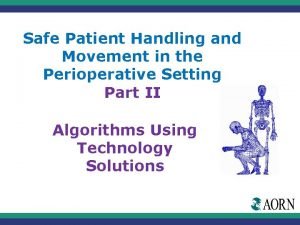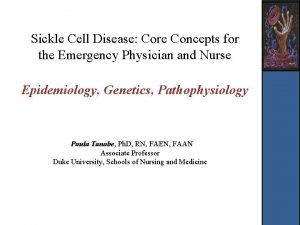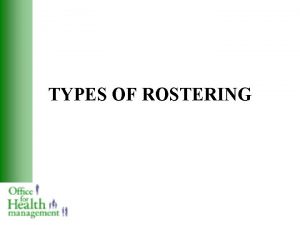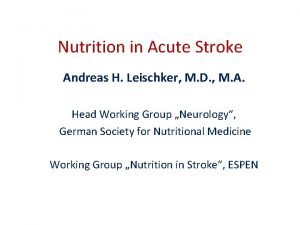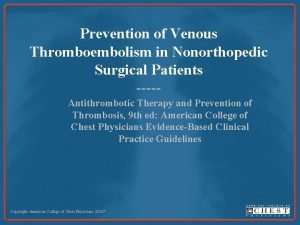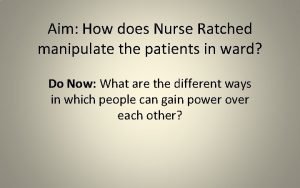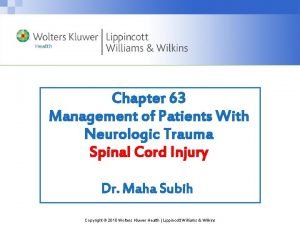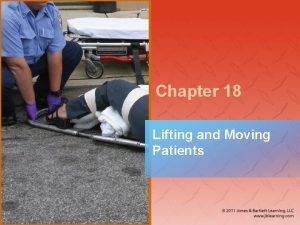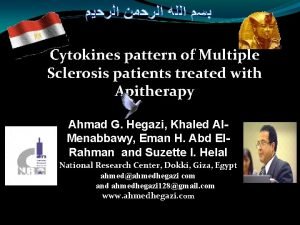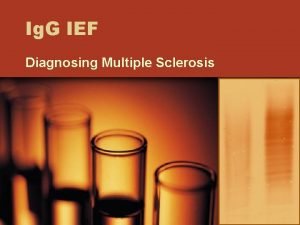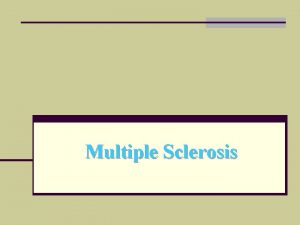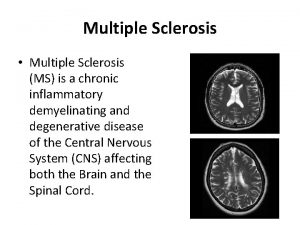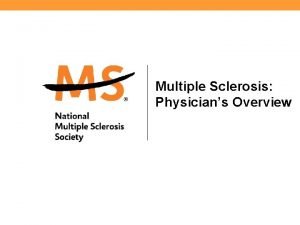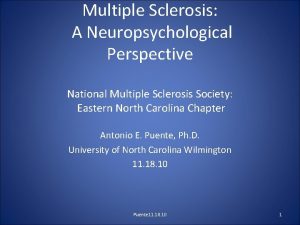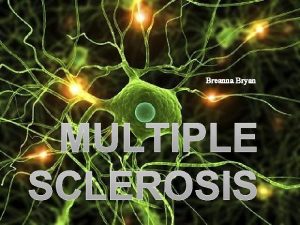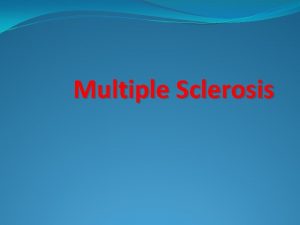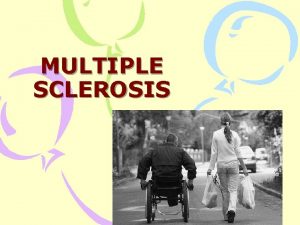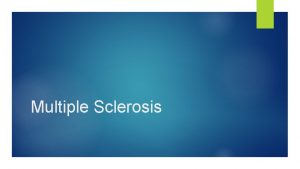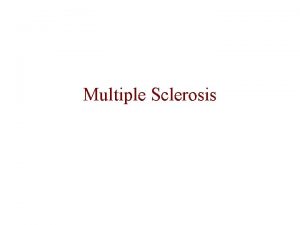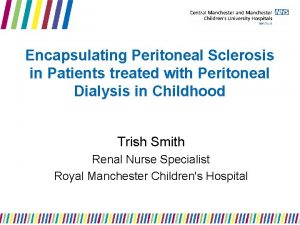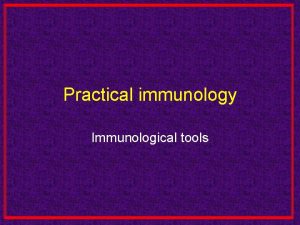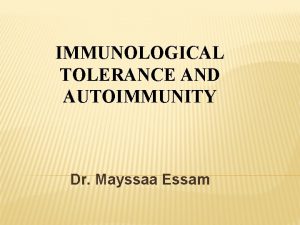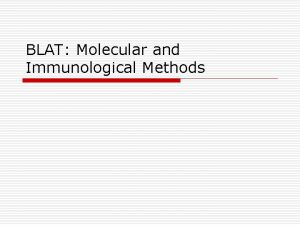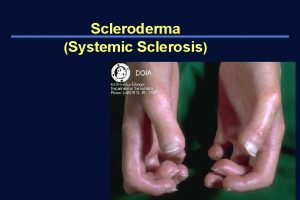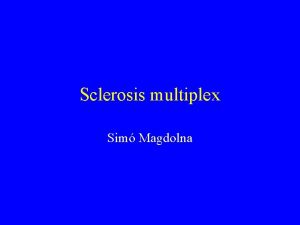Multiple Sclerosis patients treated with Apitherapy Immunological pattern












































































- Slides: 76

ﺑﺴﻢ ﺍﻟﻠﻪ ﺍﻟﺮﺣﻤﻦ ﺍﻟﺮﺣﻴﻢ Multiple Sclerosis patients treated with Apitherapy: Immunological pattern Ahmad G. Hegazi, Khaled Al-Menabbawy, Mona Ganem, Samira Shawky, Eman H. Abdel-Rahman and Suzette I. Helal, National Research Center, Dokki, Giza, Egypt ahmed@ahmedhegazi com and ahmedhegazi 128@gmail. com www. ahmedhegazi. com

Multiple Sclerosis patients treated with Novel treatment of localized plaque psoriasis by Apitherapy: Immunological pattern some bee products Special thanks to Scientific Committee of the THE 2 nd INTERNATIONAL CONFERENCE ON QUALITY MEDICATION IN PROPHETIC MEDICINE King Abdulaziz University April 5 -7, 2016 Jeddah, KSA



Definition: Multiple Sclerosis ( MS ): Is a chronic disease characterized by multiple areas of central nervous system ( CNS ) white matter inflammation demyelination , sclerosis it usually begins in young adults.

Multiple Sclerosis ( MS ): Also known as disseminated sclerosis or encephalomyelitis disseminata). It is a disease in which the fatty myelin sheaths around the axons of the brain and spinal cord are damaged, leading to demyelination and scarring as well as a broad spectrum of signs and symptoms

onset usually occurs in young adults, it is more common in females. It has a prevalence that ranges between 2 and 150 per 100, 000. Multiple Sclerosis Society standardized four subtype definitions:

relapsing remitting, secondary progressive, primary progressive, progressive relapsing.

Signs & Symptoms : The person with MS can suffer almost any neurological symptom or sign, including: changes in sensation, muscle weakness, difficulty in moving; difficulties with coordination and balance spasm,

Signs & Symptoms : problems in speech or swallowing, visual problems, fatigue, pain bladder and bowel difficulties. Cognitive impairment of varying degrees emotional symptoms of depression or unstable mood are also common.

Causes Of MS : Most likely MS occurs as a result Genetics: Environmental factors Infections

Radiological Findings





Ninety patients with MS, ages ranged between 26 -71 years, subjected to complete clinical and neurological history and examination to confirm the diagnosis.

All cases were under their regular treatment either by corticosteroids, or interferon. These cases were divided into two main groups, each group consists of 45 cases (15 males and 30 females)

Group I received honey, pollen, royal jelly and propolis treated with bee acupuncture 3 times weekly, for 12 months,

started gradually by one sting then gradually increase up to 25 stings per session, in addition to their medical treatment

Apiacupuncture was done by bee stings for regulating the immune system.

s t n i o p n u t c e e B p u c a e r u

Du 14

Du 13

LI 11

SP 6

SP 9

ST 36

points for MS Pat Wagner Buttocks Jiagi points for cervical area and lumber area vision points

GB 2 Auditory Convergence GB 2

LIV 3

Group II remains on their ordinary medical treatment only.

All cases were subjected to complete clinical neurological history examination to confirm the diagnosis.

All patients were instructed to receive 2000 -3000 mg Vitamin C, 15 mg Vit. B 1, 3 mg Vit. B 2, 2 mg Vit. B 6, 5 mg Vit. B 12,

25 mg Folic acid, 3 mg Calcium pantothenate, 15 mg Nicotinamide, 20 mg L- Arginine, 20 mg L- Lysine and 3 mcg Biotin / day.

Serum samples were obtained from patients with clinically definite MS for estimation of serum levels of immunoglobulin E (Hirano et al. , 1989) using commercially available ELISA kits according to the manufacturers' directions.

Serum cytokine levels . IFN-γ, interleukin (IL) 1β, IL-4, IL-6, IL-10, tumor necrosis factor alpha (TNFα) were detected.

Serum cytokine levels were assessed using enzyme inked ‑ immunosorbent assays (Abrams, 1995) using commercially available ELISA kits according to the manufacturers' directions (kits produced by Bender Med System, Vienna, Austria).

All these investigations were done at the beginning of the study and by the end of one year of supplementation and bee sting sessions


We found that 8 patients out of 12 (paraparesis cases), showed some improvement regarding their defects in gait, bowel control, constipation and urination,

while 12 cases out of 16 cases ( quadriparesis cases), showed some mild improvement in their movement in bed, and better improvement in bed sores, sensation, and better motor power, only two cases of them ( 12. 5% ) were able to stand for few minutes with support.

Symptoms Score Improvement Recorded Every Two Months (1 -12):

Symptoms Score Improvement Recorded Every Two Months (1 -12):

Symptoms Score Improvement Recorded Every Two Months (1 -12):

Symptoms Score Improvement Recorded Every Two Months (1 -12):

Symptoms Score Improvement Recorded Every Two Months (1 -12):

Symptoms Score Improvement Recorded Every Two Months (1 -12):

Symptoms Score Improvement Recorded Every Two Months (1 -12):

Symptoms Score Improvement Recorded Every Two Months (1 -12):

Symptoms Score Improvement Recorded Every Two Months (1 -12):

Symptoms Score Improvement Recorded Every Two Months (1 -12):

Symptoms Score Improvement Recorded Every Two Months (1 -12):

Symptoms Score Improvement Recorded Every Two Months (1 -12):

Symptoms Score Improvement Recorded Every Two Months (1 -12):

Symptoms Score Improvement Recorded Every Two Months (1 -12):

Symptoms Score Improvement Recorded Every Two Months (1 -12):

Symptoms Score Improvement Recorded Every Two Months (1 -12):

Symptoms Score Improvement Recorded Every Two Months (1 -12):

Symptoms Score Improvement Recorded Every Two Months (1 -12):

Symptoms Score Improvement Recorded Every Two Months (1 -12):

a c gi m Im o l o un t a l. P n r te

Mean levels of Ig. E of both groups at the start and end of the study

Mean levels of (TNF) α of both groups at the start and end of the study

Mean levels of (IL) 1β of both groups at the start and end of the study

Mean levels of IL-6 of both groups at the start and end of the study

Mean levels of (IL 4) of both groups at the start and end of the study

Mean levels of IL-10 of both groups at the start and end of the study


Although Apitherapy is not a curable therapy in MS, but it can be used to minimize some of the clinical symptoms of MS, and can be included among programs of MS therapy.

By By By



Multiple Sclerosis patients treated with Apitherapy: Immunological pattern

Multiple Sclerosis patients treated with Apitherapy: Immunological pattern Tha nk you

Prof. Dr. Ahmed Hegazi • Professor of Microbiology and Immunology • National Research Center, Dokki, Giza, Egypt President of Egyptian Environmental Society for uses and production of bee products Secretary of Egyptian Society of Apitherapy Secretary General of African Federation of Apiculture Associations Member of Apitherapy Commission , APIMONDIA E mail: ahmed@ahmedhegazi. com and ahmedhegazi 128@gmail. com www. ahmedhegazi. com Tel: + 2023 7749222 and + 20238860682 Fax: + 202 37749222 and + 202 33370931 GMS: + 201001440063
 Cell
Cell Concept map for disease process
Concept map for disease process Is multiple sclerosis fatal
Is multiple sclerosis fatal Multiple sclerosis nursing concept map
Multiple sclerosis nursing concept map Immunological methods
Immunological methods Ana hep
Ana hep Vas zita
Vas zita Systemic sclerosis
Systemic sclerosis Aspiration biopsy
Aspiration biopsy Delayed multiple baseline design
Delayed multiple baseline design Example of mimd
Example of mimd He was treated like a ____ and cast out from his community.
He was treated like a ____ and cast out from his community. Water treated from sewage treatment plant
Water treated from sewage treatment plant Virtual circuit switching example
Virtual circuit switching example Circuit switching types
Circuit switching types Blood pressure range
Blood pressure range Pressure treated fence panels
Pressure treated fence panels Treat everyone with sincerity
Treat everyone with sincerity Bookend wrap milady definition
Bookend wrap milady definition Partially treated bacterial meningitis csf
Partially treated bacterial meningitis csf Pressure treated fence panels
Pressure treated fence panels What are the different market forms and cuts of poultry?
What are the different market forms and cuts of poultry? Who was janie's grandfather
Who was janie's grandfather Treat others the way you would like to be treated
Treat others the way you would like to be treated Surface-treated pigments
Surface-treated pigments Biorad
Biorad How can governments ensure citizens are treated fairly
How can governments ensure citizens are treated fairly How were roman slaves treated
How were roman slaves treated The primary purpose of shampooing in the salon is to
The primary purpose of shampooing in the salon is to Max pattern and closed pattern
Max pattern and closed pattern Frequent pattern
Frequent pattern Afis fingerprint
Afis fingerprint Patterns and pattern classes in digital image processing
Patterns and pattern classes in digital image processing Leadership rounding questions
Leadership rounding questions Studer rounding questions
Studer rounding questions Chapter 58 care of patients with liver problems
Chapter 58 care of patients with liver problems Positioning of patients in nursing
Positioning of patients in nursing Hair washing cap
Hair washing cap Food exchange chart
Food exchange chart Direct ground lift emt
Direct ground lift emt Admission to the hospital
Admission to the hospital Care map nursing
Care map nursing Malaysian patient safety goal
Malaysian patient safety goal Diet chart for icu patients
Diet chart for icu patients Broadmoor inmates
Broadmoor inmates Pico questions for oncology patients
Pico questions for oncology patients Ethical issues in treating lgbt patients
Ethical issues in treating lgbt patients Dr carlson advises his depressed patients
Dr carlson advises his depressed patients Management of patients with neurologic trauma
Management of patients with neurologic trauma Chapter 55 care of patients with stomach disorders
Chapter 55 care of patients with stomach disorders Periodontal therapy in female patients
Periodontal therapy in female patients Medicare improvements for patients and providers act
Medicare improvements for patients and providers act Nursing management of liver abscess
Nursing management of liver abscess Dealing with challenging patients
Dealing with challenging patients Periodontal management of medically compromised patients
Periodontal management of medically compromised patients Preoperative nursing management of glaucoma
Preoperative nursing management of glaucoma Some patients shout in pain while ______ an injection.
Some patients shout in pain while ______ an injection. Patients rights and responsibilities
Patients rights and responsibilities Neil's classification of lateral throat form
Neil's classification of lateral throat form Chapter 36 patients with special challenges
Chapter 36 patients with special challenges Chapter 8 lifting and moving patients
Chapter 8 lifting and moving patients You may injure your back if you lift
You may injure your back if you lift Factors of care patients can expect to receive
Factors of care patients can expect to receive Jack in the box
Jack in the box Define inadequate
Define inadequate Safe patient handling algorithms
Safe patient handling algorithms High fowler's
High fowler's Moving and handling dementia patients
Moving and handling dementia patients Nursing assessment for ocd
Nursing assessment for ocd Life expectancy of sickle cell patients
Life expectancy of sickle cell patients Rostering patients
Rostering patients Leischker
Leischker Prevention of vte in nonorthopedic surgical patients
Prevention of vte in nonorthopedic surgical patients How does nurse ratched manipulate the patients
How does nurse ratched manipulate the patients Lippincott williams & wilkins
Lippincott williams & wilkins Chapter 8 lifting and moving patients
Chapter 8 lifting and moving patients Patients rights charter
Patients rights charter

